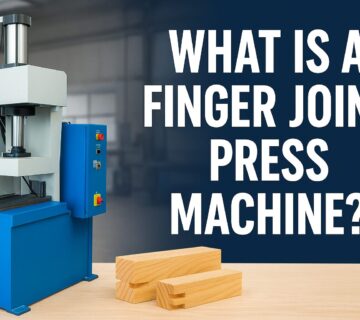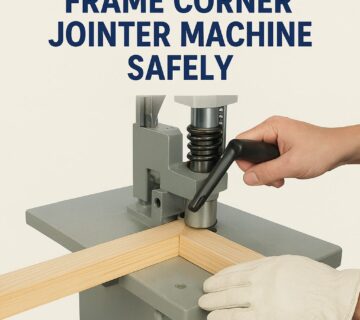Rebating Machines: Mastering the Art of Recessed Edges

The rebating machine, also known as a rebate planer or simply a rebater, is a woodworking powerhouse designed for creating rebates (or rabbets) in wood. These are essentially recessed channels along the edge of a board, commonly used in furniture making, cabinetry, and joinery projects. If you’ve ever admired a perfectly fitting drawer or a seamlessly constructed cabinet door, chances are a rebating machine played a role in its creation.
What Can a Rebating Machine Do?
Rebating machines offer a precise and efficient way to create rebates in various wood thicknesses and widths. Here are some of their key functions:
- Cutting Rebates: This is their bread and butter! Rebating machines can cut precise channels of various depths and widths along the edge of a board.
- Dadoes and Grooves: They can also be used to create dadoes (rectangular slots) and grooves (channels with a flat bottom) for applications like installing shelves or fitting decorative moldings.
- Angled Rebates: Some advanced models allow for creating rebates at specific angles, adding versatility for complex joinery projects.
Types of Rebating Machines:
There are two main types of rebating machines to consider:
- Fixed-Head Rebating Machines: These offer a simpler design with a stationary cutting head. The wood piece is fed through the machine to create the rebate. They are typically more affordable and ideal for occasional use or straightforward projects.
- Sliding-Head Rebating Machines: These provide greater flexibility with a sliding head that adjusts to accommodate different rebate depths. They are often preferred by professional woodworkers due to their wider range of capabilities.
Choosing the Right Rebating Machine
When selecting a rebating machine, consider these factors:
- Project Requirements: Think about the typical rebate depths and widths you’ll be needing for your projects.
- Budget: Fixed-head machines are generally more budget-friendly, while sliding-head machines offer more features at a higher price point.
- Portability: If portability is important, consider the size and weight of the machine.
- Ease of Use: Look for user-friendly features like clear depth scales and dust collection capabilities.
Beyond the Basics: Tips and Techniques
- Sharp Blades are Key: Ensure your rebater blades are sharp for clean and precise cuts.
- Practice on Scrap Wood: Before tackling your final project, experiment with different settings on scrap wood to perfect your technique.
- Use Push Blocks and Clamps: These safety measures help prevent kickback and ensure accurate cuts.
- Work with Dry Wood: Rebating machines work best with dry wood to avoid warping or splitting.


No comment